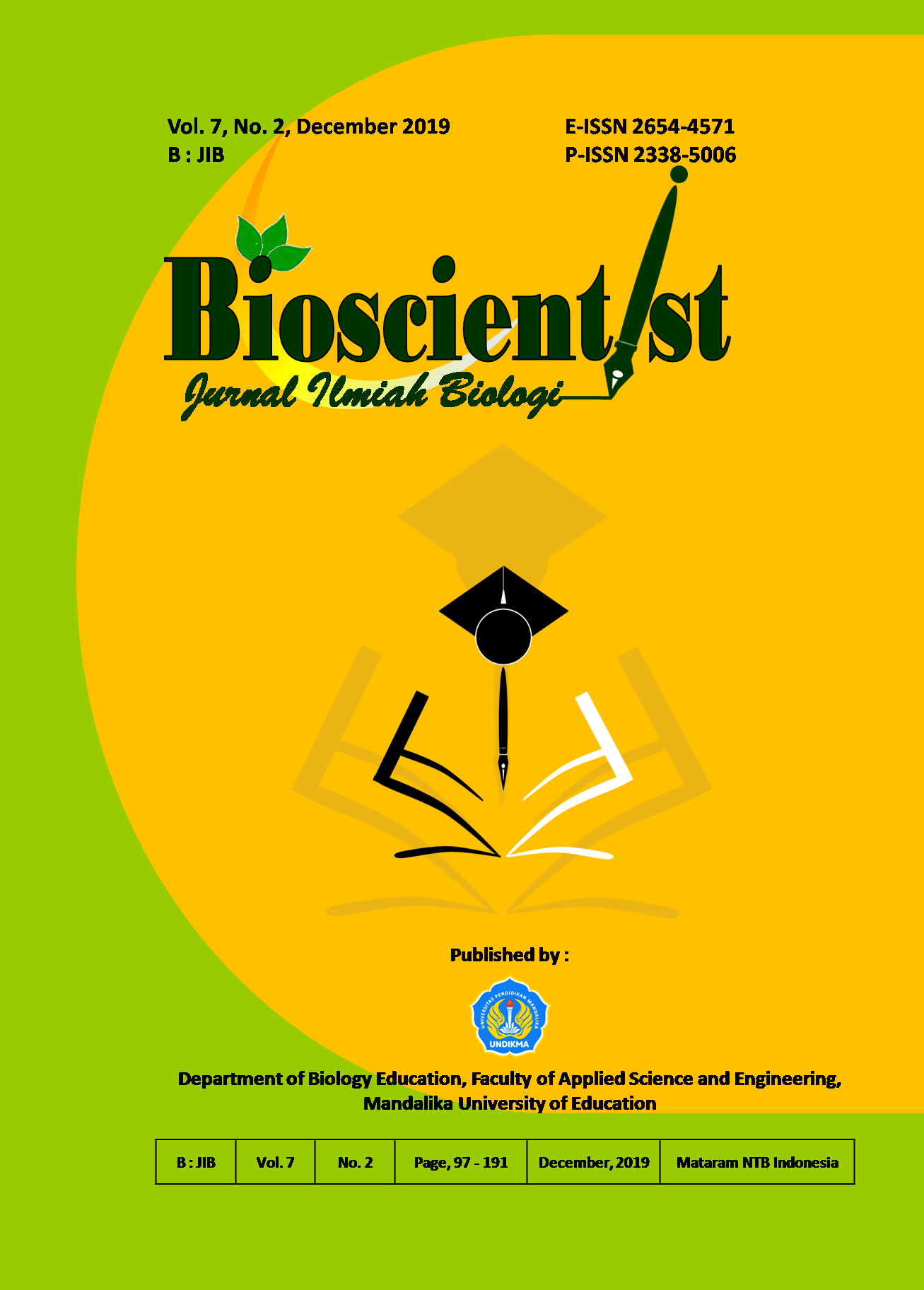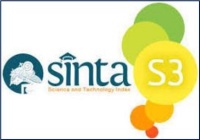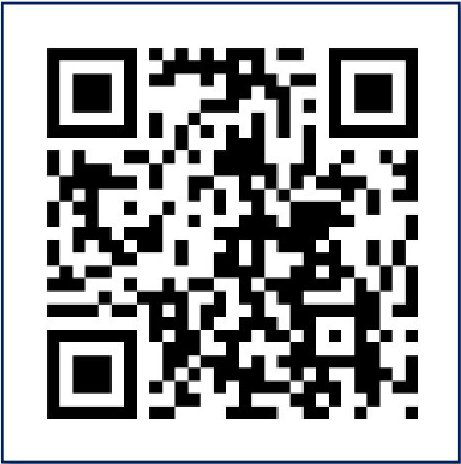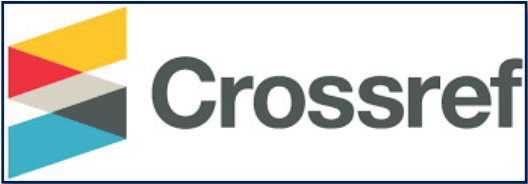KERAGAMAN 13 AKSESI TANAMAN JERUK BESAR (Citrus maxima Merr.) DI KABUPATEN BIMA
DOI:
https://doi.org/10.33394/bioscientist.v7i2.2370Keywords:
Diversity of Accession, Big Orange.Abstract
References
Badan Pusat Statistik. (2018). Statistik Tanaman Buah-buahan dan Sayuran Tahunan. Jakarta: Badan Pusat Statistik.
Gardner, F. P. (2008). Fisiologi Tanaman Budidaya. Jakarta: UI Press.
International Plant Genetic Resources Institute. (1999). Descriptor for Citrus. Roma: International Plant Genetic Resources Institute.
Juarsyah, R., Muani, A., & Suyatno, A. (2015). Kajian Pengembangan Agribisnis Komoditas Unggulan Buah-buahan di Kabupaten Kubu Raya. Jurnal Social Economic of Agriculture, 4(1), 56-69.
Kalsum, U. (2015). Perbaikan Kualitas Jeruk Pamelo (Citrus maxima (Burm) Merr.) melalui Pengaturan Nisbah Jumlah Daun, Buah dan Pemberongkosan Buah. MSi Thesis. Institut Pertanian Bogor.
Murtando, H., Sahiri, N., & Madauna, I. (2016). Identifikasi Karakter Morfologi dan Anatomi Tanaman Jeruk Lokal (Citrus sp.) di Desa Karya Agung dan Karya Abadi Kecamatan Taopa Kabupaten Parigi Moutong. Jurnal Agrotekbis, 4(6), 642-649.
Penjor, T., Mimura, T., Matsumoto, R., Yamamoto, Y., & Nagano, Y. (2014). Characterization of Limes (Citrus aurantifolia) Grown in Bhutan and Indonesia Using High-Through Put Sequencing. Scientific Reports, 4:4853.doi:10.1038/srep04853.
Rachman, N. B., Mustika, G., & Kusumawati, W. (2017). Faktor yang Berhubungan dengan Perilaku Konsumsi Buah dan Sayur Siswa SMP di Denpasar. Jurnal Gizi Indonesia, 6(1), 9-16.
Wang, X., Chen, Q., & Lü, X. (2014). Pectin Extracted from Apple Pomace and Citrus Peel by Subcritical Water. Food Hydrocolloids, 38, 129-137.
World Health Organization (WHO). (2005). Nutrition in Adolescence Issue and Challeges for The Health Sector. Geneva: WHO Press.
Yora, R., Rahayu, A., Nahraeni, W., & Rochman, N. (2017). Penyebaran Aksesi Pamelo (Citrus maxima (burm.) Merr.) di Kabupaten Magetan. Jurnal Agronida, 3(1), 10-17.













